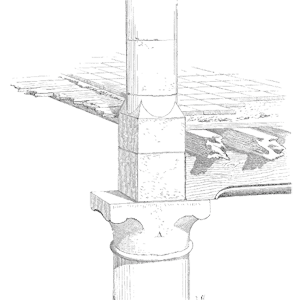
Got Enough Failure Mechanism Knowledge
Abstract
Carl and Fred discussing how to utilize the knowledge of failure mechanisms to improve reliability in product designs. How much knowledge should you have?
Key Points
Join Carl and Fred as they discuss some of the more advanced applications of failure mechanisms in reliability practices.
Topics include:
- Each mechanism of failure can be studied with a level of expertise.
- How much expertise is needed in the various failure mechanisms to be a successful reliability engineer?
- The key to Design for Reliability is to understand the associated failure mechanisms
- University of Maryland CALCE research into failure mechanisms models
- FMMEA: Failure Mode, Mechanisms, and Effects Analysis
- FMEA causes should include corresponding failure mechanism
- Failure mechanism categories, such as “corrosion,” can be broken down into more detailed mechanisms, such as “galvanic corrosion.”
- The reliability engineer needs enough knowledge about failure mechanisms to help and coach the design engineer to make the right decisions.
- More on the different types of failure mechanism categories; see “Show Notes”
Enjoy an episode of Speaking of Reliability. Where you can join friends as they discuss reliability topics. Join us as we discuss topics ranging from design for reliability techniques, to field data analysis approaches.

Show Notes
Failure mechanism categories relating to metal structure components include corrosion, cracking, deformation, embrittlement, fatigue, fracture, friction, yielding, wear, etc.
Failure mechanism categories relating to electrical components include dielectric breakdown, electro-migration, induced current, voltage drop, etc.
Failure mechanism categories relating to elastomers include abrasive wear, compression set, extrusion, hardening, shrinking, swelling, etc.
 Ask a question or send along a comment.
Please login to view and use the contact form.
Ask a question or send along a comment.
Please login to view and use the contact form.
Leave a Reply